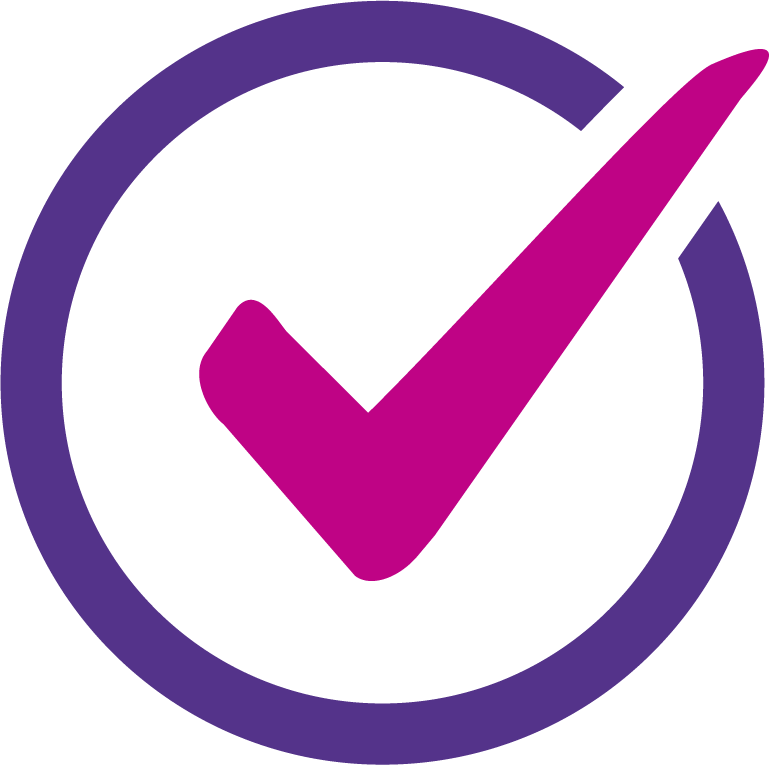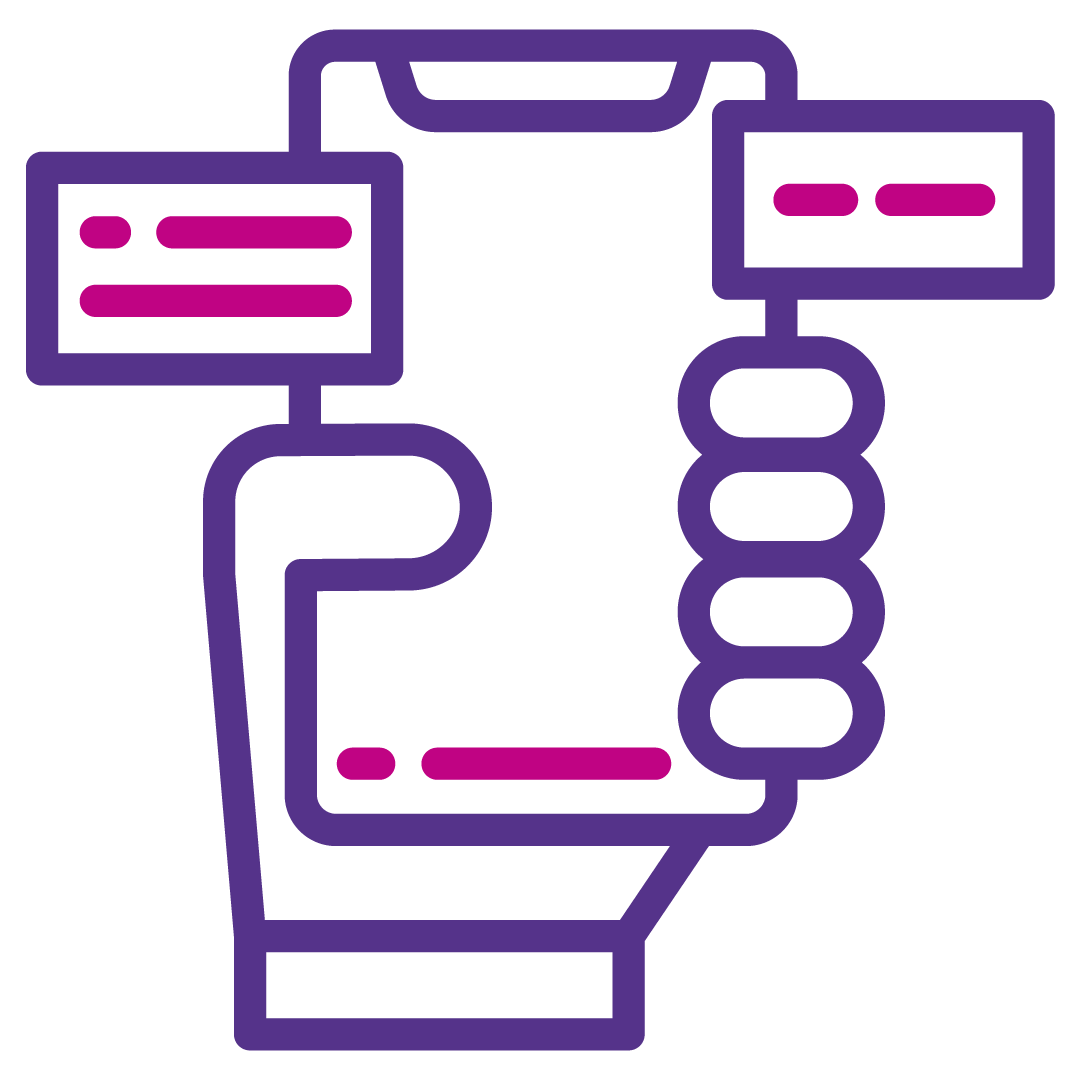Brand Building is Good, But Where is the Revenue?
Estimated reading time: 4 minutes
by
Every business leader faces tough decisions about brand building revenue allocation. While marketing teams push for long-term brand investments, CFOs demand immediate returns and measurable results. This tension often leads companies to choose between building their brand or driving quick sales.
Marketing teams must justify expenditures to finance departments and executives who prioritise tangible, short-term results. Furthermore, digital marketing has created expectations for instant feedback—clicks, conversions, and sales that appear immediately in dashboards.
Look at what levers you can pull or partners that you can tap into to drive some of those more immediate results.
Just throwing money at ads won’t necessarily be the golden ticket (especially on channels such as LinkedIn, which can be costly) – especially in B2B.
You can’t expect to drive cold traffic to landing pages and hope people will buy your £100k product. They won’t.
Generating qualified leads in complex B2B means:

Long sales cycles (6 months avg)

Large buying committees (11 avg)

Hundreds of touch points (800 avg)

95% of your audience is not ready to buy

You must first create demand before capturing it

Demand is created with content: brand thought leadership and education
It’s important to set your expectations straight with senior leadership about what paid social can do. So, adapt your marketing channels and approach to how your audience buys.
Quick wins
What are the quick wins you can implement, while in the brand-building phase. Look at what levers you can pull or partners you can tap into.
LinkedIn – where are the leads?
While targeting brands, you need to think about their stage in the marketing funnel and how much awareness the audience has of your brand.
Pro-tip: Segment, your CRM and create lists to group together based on characteristics such as industry, job title and at what stage they are in the marketing funnel.
Upload these as a list within the LinkedIn campaign manager and create your ads concept around this target group situation.
It can be costly to run lead generation style campaigns with a LinkedIn lead form, especially to a cold audience, who still don’t know your brand – B2B audiences are familiar with tactics that bring them into a sales funnel, just through sharing their email address – with follow-ups from the sales team when they are not ready to engage in a conversation with sales.
Pro tip – To generate leads at a much lower cost, you can run brand awareness style campaigns, so the cold audience starts to become familiar with your brand – be creative these can be some of your best-performing social posts, podcasts and video content, then start to build retargeting lists for those who have engaged with your ads or website to then serve them with content that holds more weight, that they will be willing to share their contact details in exchange for getting, think check-lists, success stories, how-to guides etc.
Capturing more in-market demand
Google ads can be a great start in capturing more of that in-market demand, while organic SEO efforts can take time to yield results.
Review search terms your audience will be searching and how you can assist them with their problem. Use tools like SEMrush for keyword analysis, and see what terms your competitors are bidding for, you may uncover an untapped area.
Create a landing page that is geared around driving conversions, include
1. Clear Value Proposition & Unique Selling Proposition (USP): What’s in it for the user?

2. Compelling Benefits: Use strong, benefit-focused language: Convince visitors that your offer is worth their time and attention.

3. Engaging Visuals: High-quality images or videos: Use visuals that are relevant, visually appealing, and enhance the user experience.

4. Strong Call to Action (CTA): The CTA should be prominent, easy to understand, visually appealing, and enhance the user experience.

5. Social Proof: Build trust and credibility: Incorporate testimonials, case studies, logos of reputable clients

6. Simplicity & Focus: Avoid clutter and credibility; focus on converting visitors to a single desired action.

7. Mobile Optimisation: Design your landing page to be responsive and user-friendly on both desktop and mobile devices.
Start with a small budget and scale from there, consider working with an agency or a freelancer if you are new to Google ads, as the algorithm will work and optimise based on the type of conversion you are looking to generate, if you are not setup properly you can be going in the wrong direction.
Depending on your budget, you may want to invest in a buyer intent platform, platforms such as G2 and Demandsense, which can give you insight into buyers who are actively researching buyers for a solution to their problem.
Scrappy actions
If your budget is limited, you can be impactful with a scrappy approach, speak to your current customers, what made them use your service as opposed to another provider, and what was the compelling reason.
Use this insight to target similar brands in their space with an email campaign.

Brand building and revenue generation: two sides of the same coin
Research consistently proves that companies with strong brands achieve 2.5 times higher revenue growth rates compared to their competitors. These organisations understand that brand investments create measurable returns through reduced customer acquisition costs, shortened sales cycles, and increased customer lifetime value.
Successful companies reject the false choice between immediate returns and long-term brand equity. Rather, they implement sophisticated measurement frameworks, balance investments across timelines, and integrate their brand and demand generation teams. This comprehensive approach delivers both quick wins and lasting market advantages.
Data clearly shows that organisations following the 60/40 rule – allocating 60% to brand building and 40% to performance marketing – outperform those focused solely on short-term metrics. Though specific ratios vary by industry and business maturity, this principle highlights the essential nature of balanced marketing investment.
Brand builds the buzz; we bring the pipeline. Let’s chat about how our SDRs can help booking meetings whilst your brand keeps warming up the room.